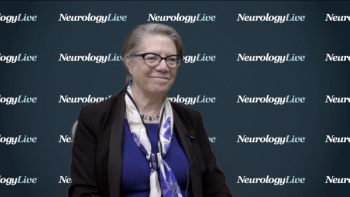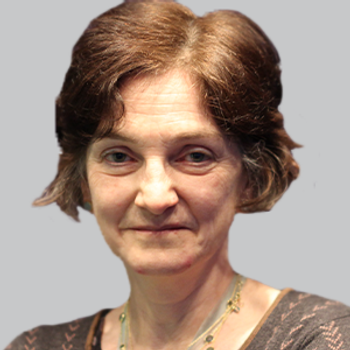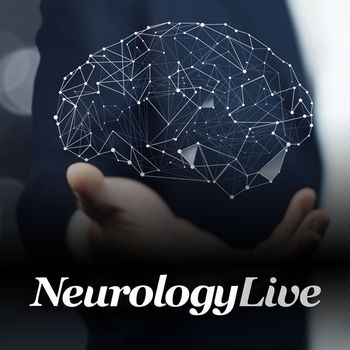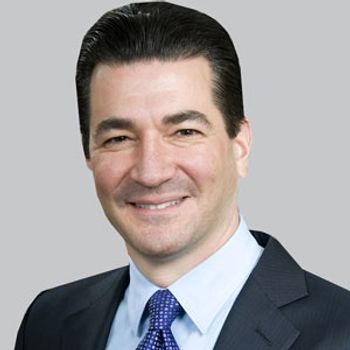
This is the second aneurysm adjunctive stent to be granted premarket approval for treatment of wide-neck, intracranial aneurysms in conjunction with embolic detachable coils.


Stroke History, Bleeding Risk Reduce Likelihood of Left Atrial Appendage Closure in AFib

This is the second aneurysm adjunctive stent to be granted premarket approval for treatment of wide-neck, intracranial aneurysms in conjunction with embolic detachable coils.

The recommendations translate important scientific knowledge and innovations in clinical care into improvements in patient outcomes.

The director of the Pediatric Stroke Program at CHOP discussed the findings of a single-center study exploring the incidence of children presenting with acute arterial ischemic stroke who may have been eligible for mechanical thrombectomy.

These new studies describe events and risks that go after, or before, the onset of symptoms.

Insights about where stem cell treatment of neurological diseases is headed.

The director of the Pediatric Stroke Program at CHOP spoke about the need to improve early recognition and assessments in pediatric stroke, and how ultimately, awareness of the condition is a huge step toward achieving this goal.

Recent findings challenge previous assumptions about the genesis of atherosclerosis.

When combined with high-intensity statin therapy, treatment with alirocumab resulted in a 27% reduction in stroke risk, and 15% reduction in all-cause mortality.

Experts worry that the new criteria for certification of thrombectomy-capable stroke centers are insufficient to ensure quality of care.

The chair of Applied Neuroimaging and head of Neuroimaging Sciences and Edinburgh Imaging at the University of Edinburgh spoke about what the physician community needs to know about utilizing isosorbide mononitrate and cilostazol for lacunar stroke.

An escalating, combination dose of isosorbide mononitrate and cilostazol was shown to be well tolerated, with 72% of patients achieving full or ≥50% partial doses, the primary outcome, by the end of the 8-week treatment period.

The FDA issued a reminder that improper use of the Stryker Wingspan Stent System can result in an increased risk for stroke or mortality. The agency advises against using the system when the onset of symptoms is within 7 days or less of treatment or for the treatment of transient ischemic attacks.

The study provides class 2A and Level B evidence that DOAC therapy started in a median of 5 days following ischemic stroke in patients with atrial fibrillation is beneficial compared with VKA therapy.

What's your diagnosis for a 45-year-old woman who experienced strange symptoms after taking an advanced yoga class?

Responses from 1300 physicians suggest that increasing patient load and adding ancillary services may be the key to increasing annual income.

In addition to efficacy end points, the WEB system was markedly safer compared to current treatments, with no primary safety end points occurring between 30 days and 1 year.

Neurology News Network for the week of April 6, 2019.

Survey respondents expressed willingness to participate in a randomized trial to evaluate the benefit of acute internal carotid stenting in patients undergoing endovascular thrombectomy.

The findings from a secondary post hoc analysis suggest that intravenous alteplase is of similar benefit in patients with lacunar infarcts as in those with other stroke subtypes.

Neurology News Network for the week of March 16, 2019.

Ned Sharpless, MD, the director of the National Cancer Institute, has been named to the position of acting FDA Commissioner. The announcement was made just a week after the current commissioner, Scott Gottlieb, MD, announced his plans to resign in early April.

An immune profile in blood drawn 2 days after an ischemic stroke has been shown to predict the likelihood of the loss of mental acuity, 1 year later.

Neurology News Network for the week of March 9, 2019.

The 23rd FDA commissioner’s resignation is effective in about a month; his successor has not yet been named.

The pediatric critical care medicine attending physician in the Department of Anesthesiology and Critical Care Medicine at the Children’s Hospital of Philadelphia spoke about how physicians can better address brain death in pediatric patients.